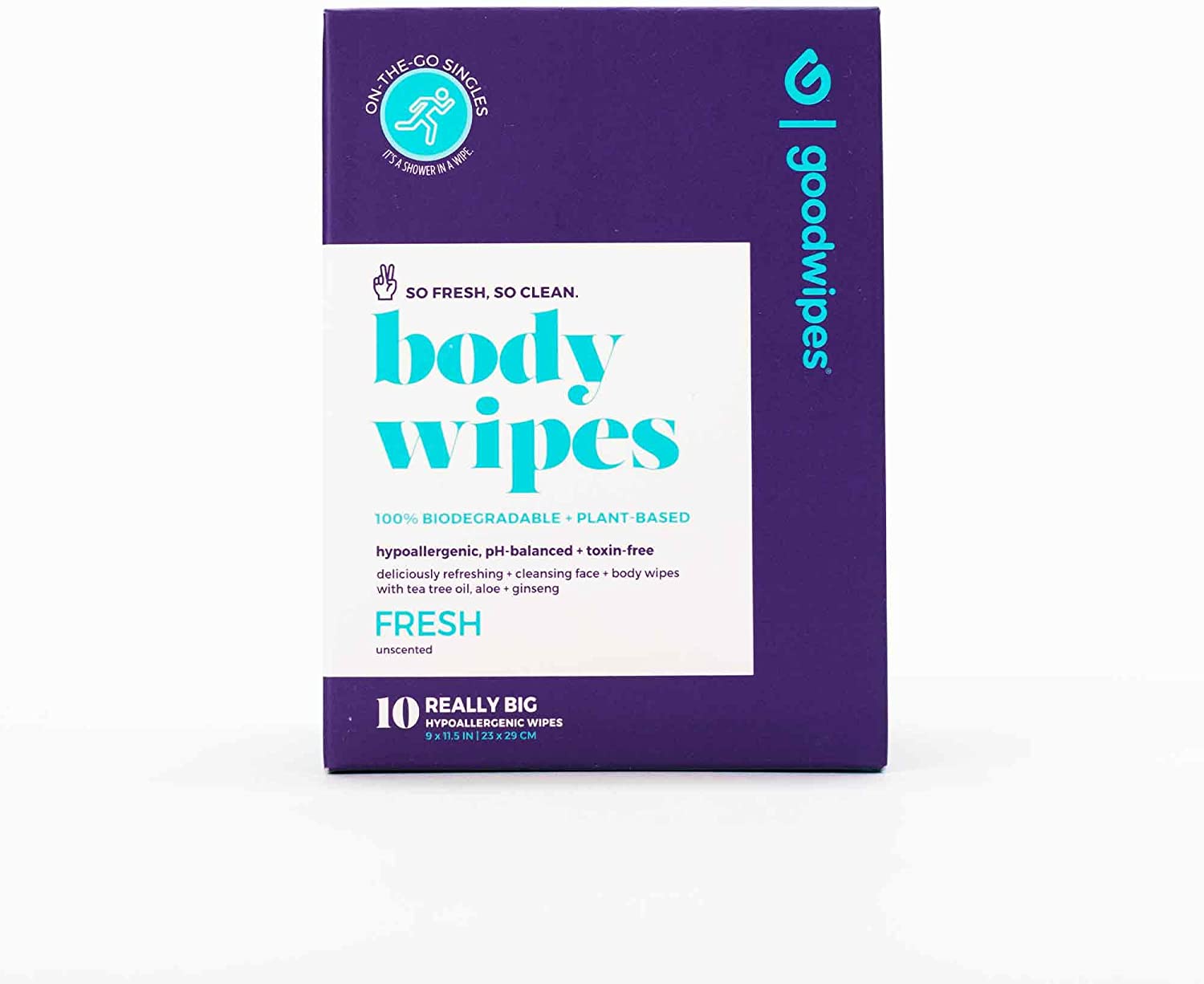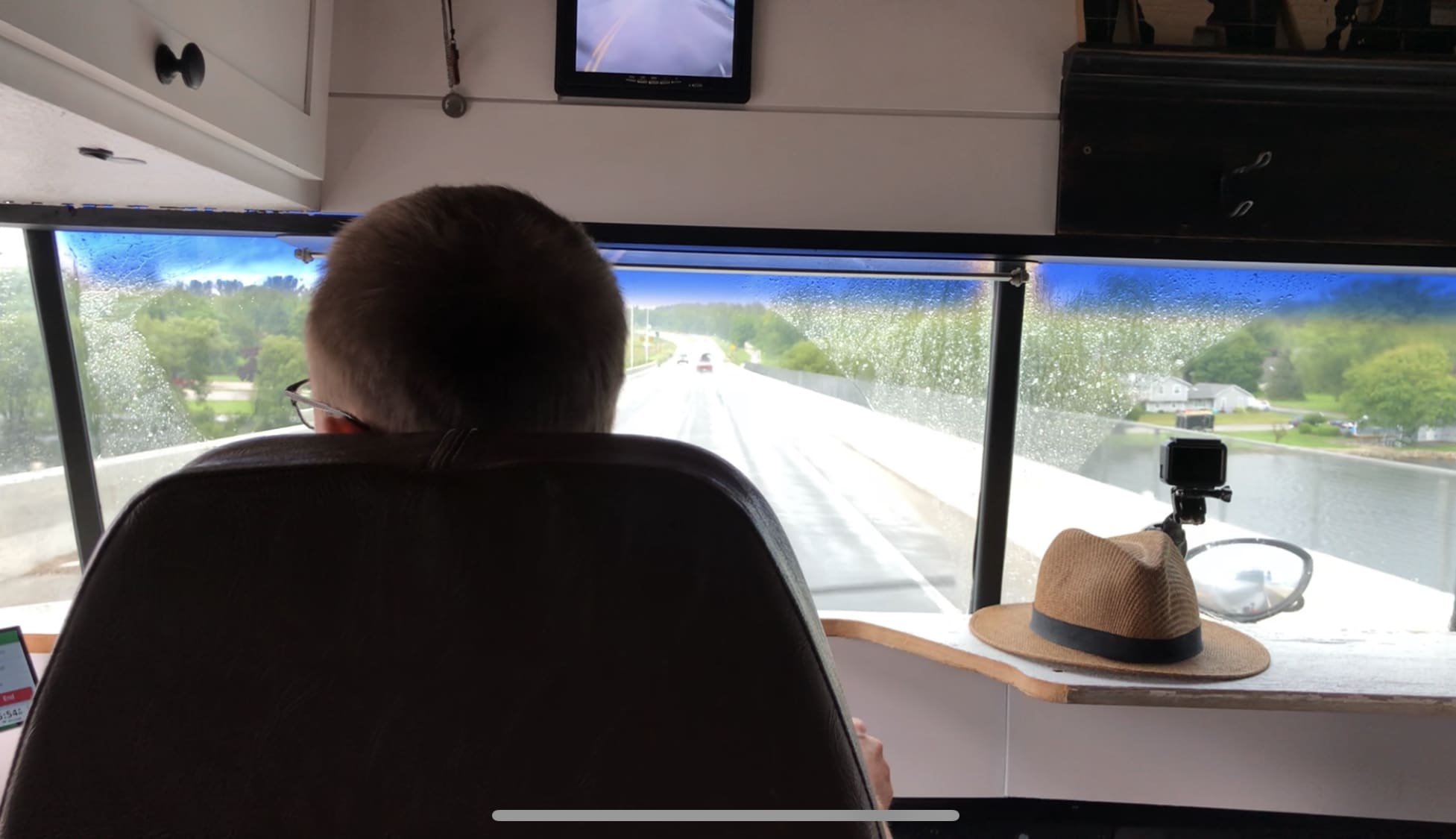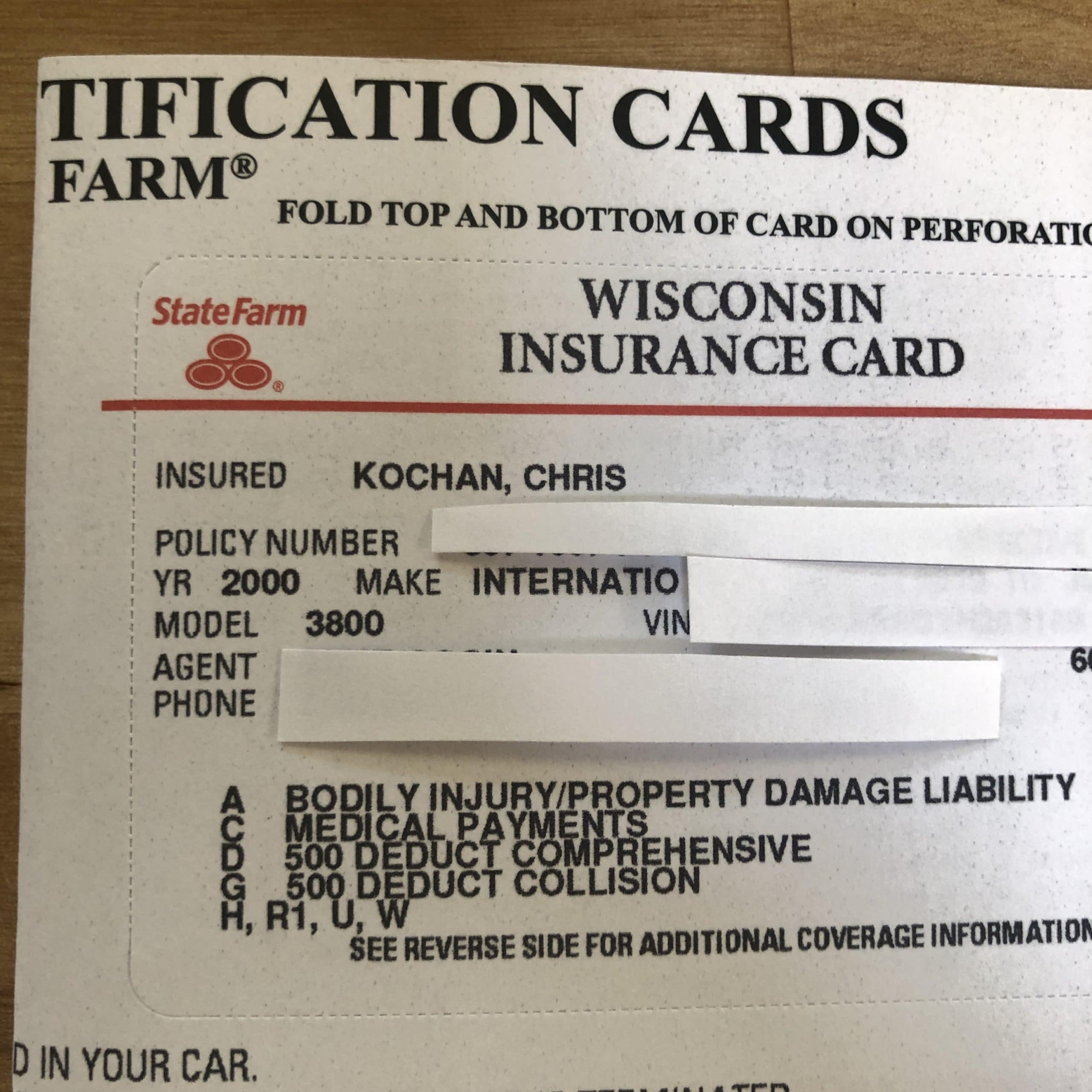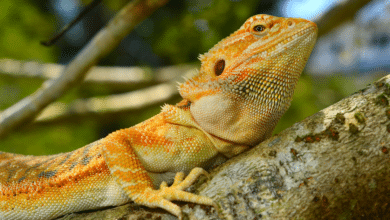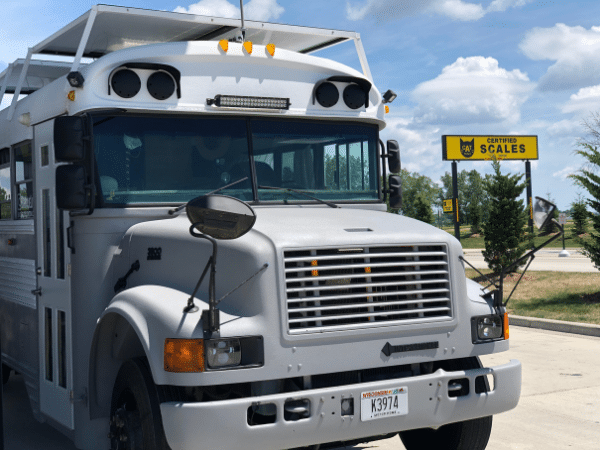
Doing a pre-trip bus inspection at least once a week before hitting the road ensures a skoolie is safe to drive. Pre-trip bus inspections also can save money by preventing situations that could have been prevented, such as accidents or being stuck out on the side of the road in the middle of nowhere.
We stopped by our local Kwik Trip before heading out on our road trip to Door County, WI to get our pre-trip bus inspection done.
This pre-trip inspection checklist is meant for those looking to do light preventative maintenance on their skoolie they have owned for some time and have had proper maintenance and repairs completed.
Buying a new bus or skoolie? We highly recommend doing a full inspection of the bus or skoolie using the 78-Point DIY Bus Inspection Workbook that will walk you through doing a more complete inspection of over 160 components.
1) Fill Up With Fuel
This one is an obvious one, but I wanted to have it on the list so you don’t forget!
2) Get a Weigh-In
Having accurate weight documentation of a skoolie is crucial since many roads across the United States do have weight restrictions. Knowing an accurate weight of a skoolie can help prevent driving down roads where the skoolie may be over the weight limit which can result in an accident and/or fines from law enforcement.
If you are pulled over on a road where your vehicle is over the weight limit, you could get a fine. Depending on the state, this overweight fine may range from a few hundred to a few thousand dollars!

If road damage or an accident occurs, knowing your accurate weight can help prove that you were within the weight limits for the road you were driving on.
We swing by our local Kwik Trip that has a Cat Scale to get our accurate weight readings before every trip since we are always doing updates to our bus.
Kwik Trip, when combined with their second brand Kwik Star, has 42 locations with convenient Cat Scales across Iowa, Minnesota, and Wisconsin.
3) Check Tire Air Pressure
Having properly inflated tires on a skoolie will make the ride smoother, make the bus easier to handle, and save money on fuel.
You can check how much tire pressure each tire needs by reading the label on the side of your tire. Your tire will state recommended loads at the proper pressure setting.
Our bus tires require 120 psi, which is much higher than a car tire pressure. To achieve this high pressure, you will either need an air compressor capable of filling tires or head to a local gas station that has an air compressor with this capability.
Kwik Trip gas stations have air compressors capable of achieving heavy-duty truck tire pressures right by the truck diesel pump stations.
4) Check Oil Level

Engines can consume oil and diesel engines specifically are known to leak oil here and there. When doing a pre-trip bus inspection, you need to check the oil level to make sure your engine is in full range.
We keep a stock of extra oil with us when traveling just in case we develop a leak and lose oil, or if we plan on traveling on a longer trip where the oil may get consumed over time.
How to Check the Oil Level on a Bus
Step 1: The first step when checking your oil is to make sure the engine is warm. If you are doing the pre-trip bus inspection before leaving your last parking spot, start the engine and let it run for a while. In our case, we drove a few minutes which got the engine just warm enough.
Step 2: Pull out the engine oil dipstick and wipe it clean.
Step 3: Put the engine oil dipstick back in all the way, then pull it out to check where the oil level line reaches.
Step 4: If it is low on oil, pour some in, run the engine for a while and repeat to check again.
5) Check Coolant
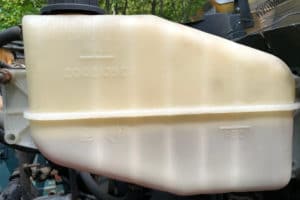
Coolant in a school bus conversion helps maintain a proper temperature for the engine. Having low and/or contaminated coolant can cause overheating and long-term damage to the bus engine.
The engine temperature will determine how you check the coolant level in a school bus engine. Below are instructions to check the coolant reservoir for a cold engine and a hot engine.
Cold Engine: If the engine has not run for a while and it is cold, the coolant should be at or just above the minimum fill line.
Hot Engine: If the engine was just running and it is still hot, the coolant should be at or just below the maximum fill line.
While checking the coolant level, also check to make sure the coolant does not have a brown or black color tint to it. A brown or black tint to the coolant means oil is leaking into the coolant and most likely coolant into the oil, which can cause several major issues.
6) Check Lights
Having operational lights is also not just about your vision, but also for others to have clear visibility of your big rig heading down the road.
Here is a list of lights to check:
- Low Beam Headlights
- High Beam Brights
- Directionals & 4-Way Hazards
- Tail Lights
- Brake Lights
- Roof CFL / Running Lights
7) Check Wiper Operation & Fluid
Check that the windshield washer sprayers work well and the wipers remove the fluid from the windshield properly. You also want to check that the fluid is full in the reservoir.
8) Check Food & Caffiene Level
Alright, this one is for fun – but really every time we head out on a trip, we stop at Kwik Trip to do a pre-trip bus inspection, so I get coffee and a few hashbrowns.
If you are in Iowa, Minnesota, or Wisconsin on your next trip – make sure to swing by a Kwik Trip or Kwik Star. You won’t regret it (but you may miss it).
Cheers!

